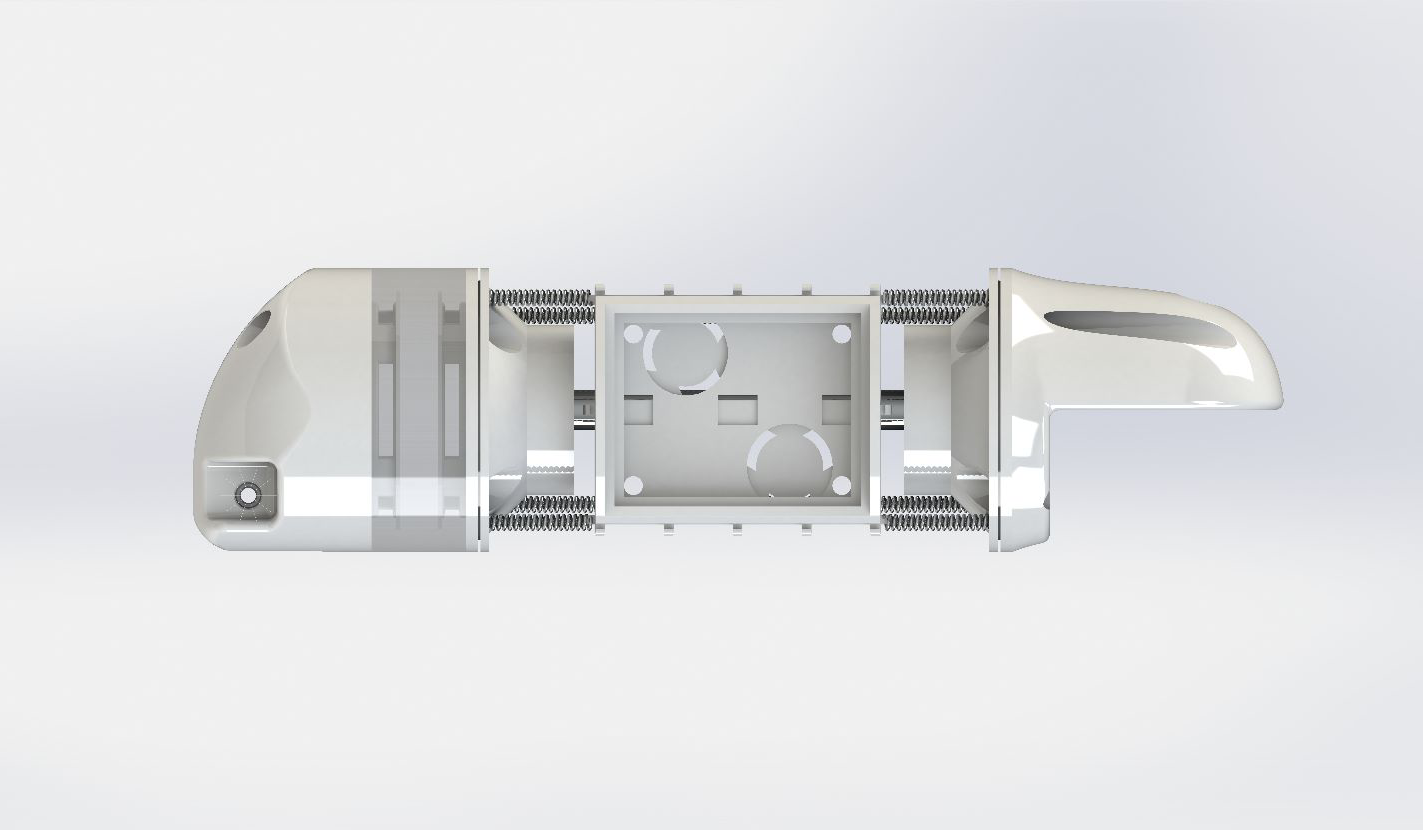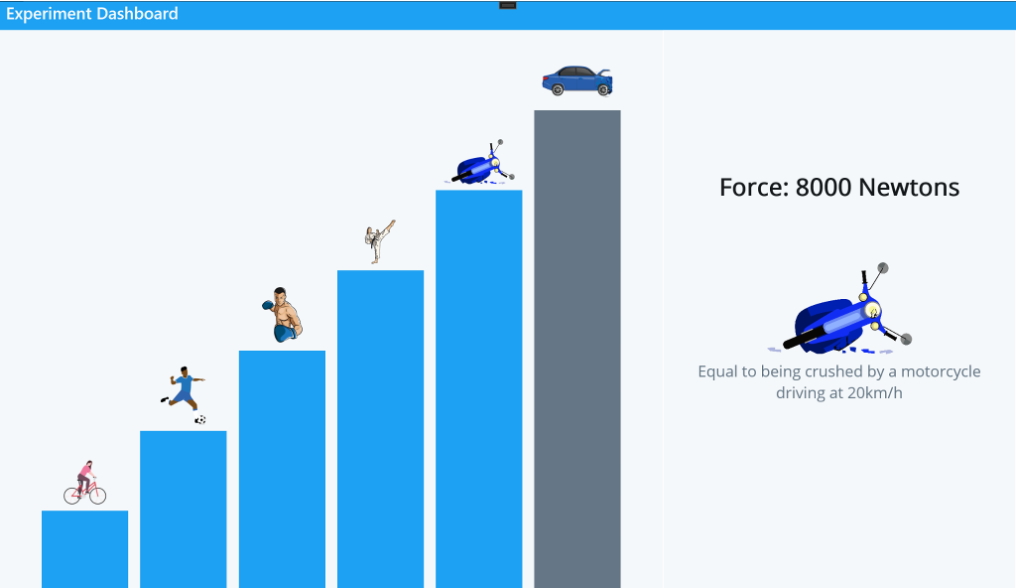Blunt Force Trauma Simulator

The COVID-19 pandemic increased rates of domestic violence globally, with no proven method to reduce abuser recidivism. This group project aimed to develop a reformative procedure to decrease cases of domestic violence. Our team designed a durable model thigh capable of withstanding strong impacts and providing visual feedback on the damaging effects of blows. I was responsible for the full physical design of the model, including all CAD work and translating the concept into a functional, manufacturable prototype. My teammates focused on programming and electronics to measure impact intensity and evaluate the model’s effectiveness as an educational tool for mitigating domestic violence recurrence.
Meet The Team

Benjamin Breslov

Isabelle Benson-Clarke

Zoe Goodman

Amitai Erfanian

Theodore Winter

Physical Model
The physical model we've meticulously crafted is a state-of-the-art representation of the effects of blunt force trauma, with a particular focus on the thigh region. Drawing a parallel to the way the Arduino platform adeptly senses and translates signals, our model is robustly engineered to endure and replicate the aftermath of impacts equivalent to substantial kinetic energy. Its resilience is just one facet; the model is also equipped with a sophisticated visual feedback system. This system vividly illustrates injuries, from surface-level bruises to the more concealed internal damages. By providing such a tangible and visual demonstration, our model stands as a beacon of awareness and education, shedding light on the profound consequences of blunt force injuries.


Software And User Interface
Our Software and User Interface is the digital nerve center of our project. Just as a conductor orchestrates every note in a symphony, our software seamlessly integrates and manages every input and output. It's not just about processing data; it's about presenting it in an intuitive, user-friendly manner. Through our carefully designed interface, users can effortlessly navigate, interact, and extract the information they need. This harmonious blend of backend processing and frontend presentation ensures that our software isn't just functional, but also a pleasure to use.

Outcomes
Our demonstrative tool is central to our batterer intervention initiative. Designed to address rising interpersonal violence, the model visually displays the aftermath of blunt force trauma. Paired with software that equates the force to real-world scenarios, like a boxer's punch or a car crash, we aim to enlighten perpetrators about the true extent of their actions. By making the design accessible to all, we hope to deter future violent acts and broaden the tool's impact across various settings.

WPI Presidential Award and
More Information
We are thrilled to announce that our team is one of five distinguished teams awarded the prestigious WPI Presidential Award. For further details about this awarded, please click here. To delve deeper into the details of our project and gain a comprehensive understanding, we invite you to visit the WPI Archives website. By clicking here, you can access our complete report and presentation, offering a thorough insight into our research, findings, and recommendations.

Update as of 3/12/2024
The group continued work of the model adding new sensors to increase accuracy and get more data such as linear slide potentiometers and accelerometers. New parts were also added to increase realistic material properties of the thigh such as a printed TPU shock absorber pictured to the left.